Home / Albums / Tag Punishment 62

 Twisting a man's Ears
Twisting a man's Ears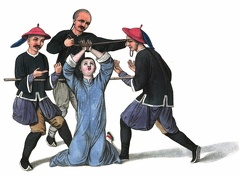 Torturing the Fingers
Torturing the Fingers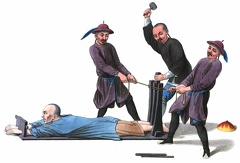 The Rack
The Rack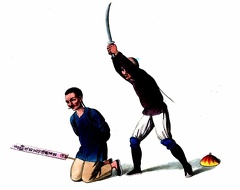 The Manner of Beheading
The Manner of Beheading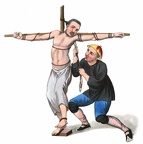 The capital Punishment of the Cord
The capital Punishment of the Cord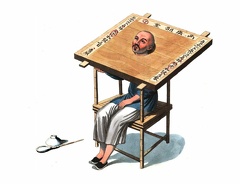 Punishment of the Wooden Collar
Punishment of the Wooden Collar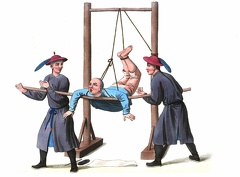 Punishment of the Swin
Punishment of the Swin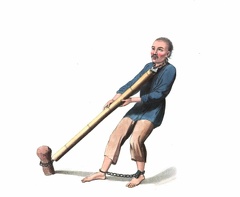 Punishment of a Woooden Tube
Punishment of a Woooden Tube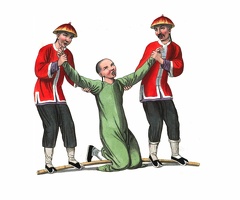 Punishing an Interpreter
Punishing an Interpreter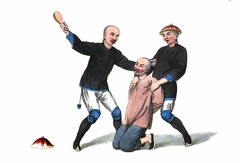 Punishing a Boatman
Punishing a Boatman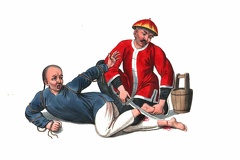 Hamstringing a Malefactor
Hamstringing a Malefactor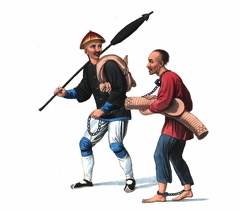 Conducting an Offender into Banishment
Conducting an Offender into Banishment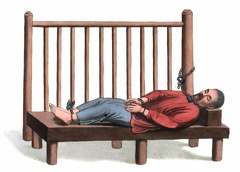 Close confinement
Close confinement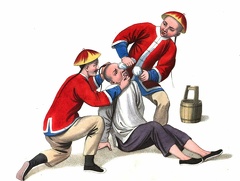 Burning a Man's Eyes with Lime
Burning a Man's Eyes with Lime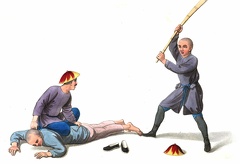 An Offender undergoing the Bastinade
An Offender undergoing the Bastinade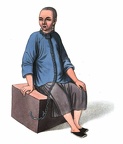 A Man fastened to a Block of Wood
A Man fastened to a Block of Wood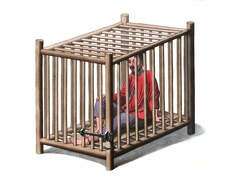 A Malefactor in a Cage
A Malefactor in a Cage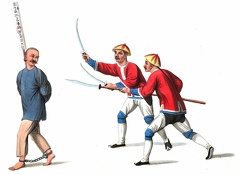 A Malefactor conducted to Execution
A Malefactor conducted to Execution A Malefactor chained to an Iron Bar
A Malefactor chained to an Iron Bar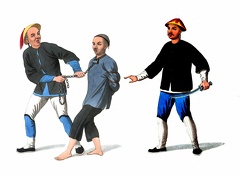 A Culprit conveyed to Prison
A Culprit conveyed to Prison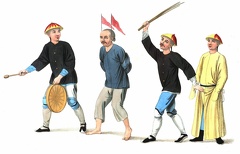 A culprit conducted to trial
A culprit conducted to trial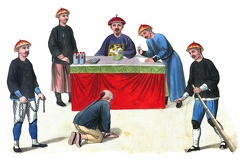 A Culprit before a Magistrate
A Culprit before a Magistrate Prisoner in Nchogo
Prisoner in Nchogo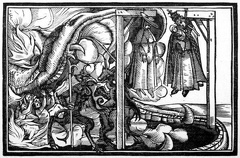 Pope Joan
Pope Joan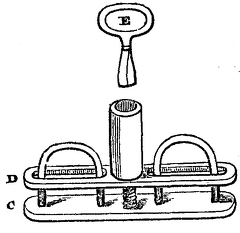 Thumb Screw
Thumb Screw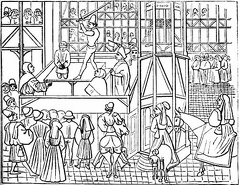 An Execution in Paris
An Execution in Paris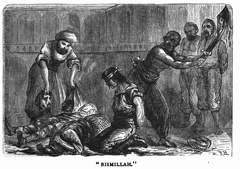 Bismillah
Bismillah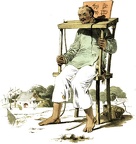 Punishment of the Tcha, or Cangue
Punishment of the Tcha, or Cangue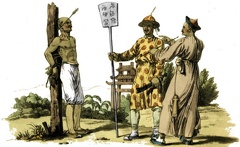 Punishment for Insolence to a superior
Punishment for Insolence to a superior The Stocks
The Stocks The Scarlet letter
The Scarlet letter The Pillory
The Pillory The Ducking-stool
The Ducking-stool The Drunkards Cloak
The Drunkards Cloak The Burning of books
The Burning of books The Branks
The Branks Ryding the wooden horse
Ryding the wooden horse Public Penance
Public Penance Laying by the heels in the bilboes
Laying by the heels in the bilboes Branding
Branding Whipping at the carts tayle
Whipping at the carts tayle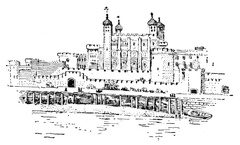 Tower of London
Tower of London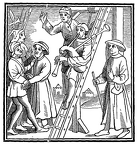 Hanging to music
Hanging to music Empalement
Empalement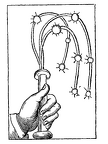 Cat-o-nine-tails
Cat-o-nine-tails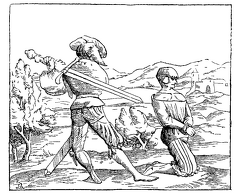 Beheading
Beheading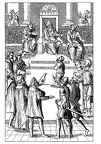 Before the tribunal
Before the tribunal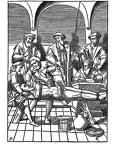 Water Torture
Water Torture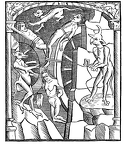 Torture of the wheel
Torture of the wheel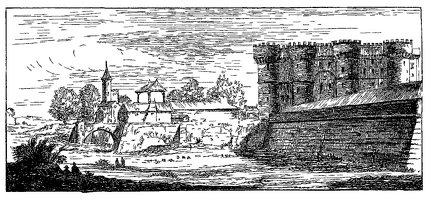 The Bastille
The Bastille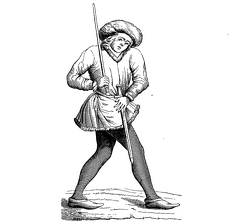 Swiss Grand Provost
Swiss Grand Provost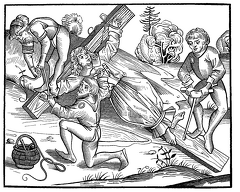 Richard crucified
Richard crucified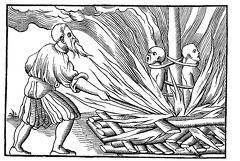 Punishment by Fire
Punishment by Fire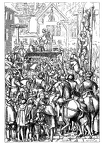 Public Execution
Public Execution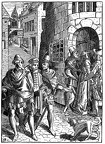 Provosts prison
Provosts prison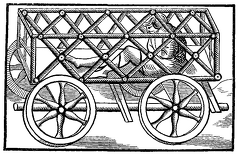 Movable iron cage
Movable iron cage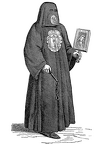 Member of Brotherhood of death
Member of Brotherhood of death Decapitation of Guillaume de Pommiers.
Decapitation of Guillaume de Pommiers.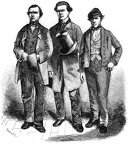 Ticket-of-leave men
Ticket-of-leave men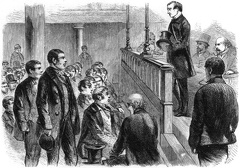 Ticket-of-leave meeting
Ticket-of-leave meeting



